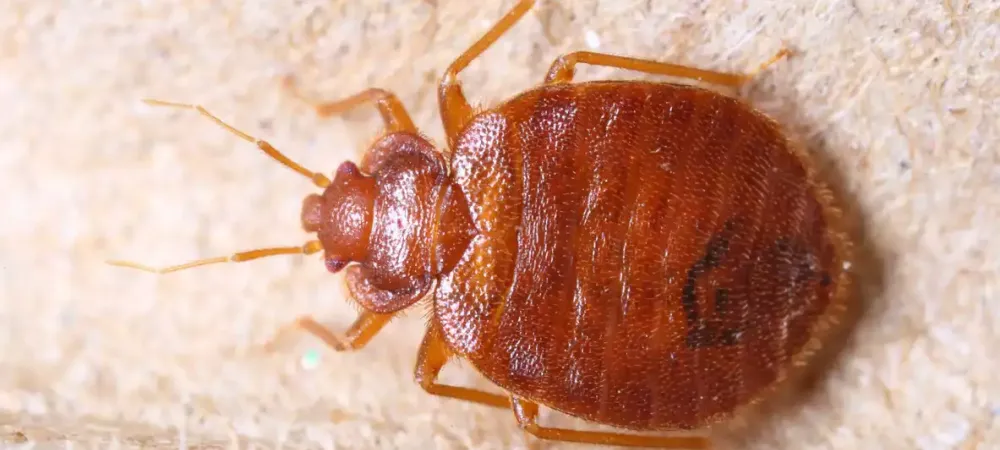Does Lysol Kill Bed Bugs? Debunking Common Myths

If you’ve discovered bed bugs in your home, chances are you've already Googled a dozen DIY solutions. From Lysol to essential oils to dryer sheets, there’s no shortage of “hacks” floating around. But how many of these actually work?
In this guide, we’ll break down one of the most common questions: Can Lysol kill bed bugs? and go further by debunking several popular myths that could waste your time (or make the infestation worse).
Myth 1: Lysol Kills Bed Bugs Effectively
Lysol can kill bed bugs on contact, but that doesn’t make it a reliable solution. Here’s why:
- It only works if you spray the bug directly, and bed bugs are experts at hiding.
- No residual effect: Once it dries, it’s useless.
- It doesn’t affect eggs, which means the infestation continues.
- It can damage surfaces or leave a strong odor, especially on bedding and mattresses.
Bottom line: Lysol might help kill a few bugs, but it won’t get rid of an infestation.
Myth 2: Rubbing Alcohol Works Just as Well
Rubbing alcohol is a common DIY option because it’s cheap and easy to find. Like Lysol, it can kill on contact, but it evaporates quickly and offers no long-term control. Worse, it’s highly flammable and has caused house fires when sprayed around heat sources.
Myth 3: Essential Oils Repel or Kill Bed Bugs
Some DIY websites promote lavender, tea tree, or peppermint oil as natural bed bug repellents. While certain oils may irritate bed bugs or mask your scent, they won’t eliminate an infestation. These pests will simply relocate and continue feeding.
Myth 4: You Can Starve Bed Bugs by Leaving a Room Empty
Bed bugs can live several months without feeding, especially in cooler environments. Avoiding a room won't kill them, it just gives them time to spread to other parts of your home.
Myth 5: You’ll Only Find Them in Beds
Despite their name, bed bugs are not exclusive to mattresses or bed frames. Once an infestation begins, they’ll spread to any tight, dark space near a host. Other common hiding areas include:
- Cracks in walls and baseboards.
- Behind picture frames and electrical outlets.
- Inside couches, chairs, and nightstands.
What Actually Works to Get Rid of Bed Bugs?
If Lysol and other DIY tricks aren’t the answer, what is? Effective bed bug elimination typically involves a combination of professional tools and techniques:
- Heat Treatments: Raise room temperatures above 120°F to kill all life stages.
- Professional-Grade Insecticides: Applied by trained technicians.
- Steam Cleaning: Kills on contact in hard-to-reach places.
- Encasements & Monitors: Trap bugs and track activity over time.
When to Call in a Pro
DIY efforts might slow things down, but if you’re still seeing signs after a week or two, it’s time to call a licensed pest control service like the team here at Alford Pest Control. Our team is professionally trained in bed bug inspections and treatments, so you can trust that we'll solve your infestation quickly and effectively. Contact us today to get started!